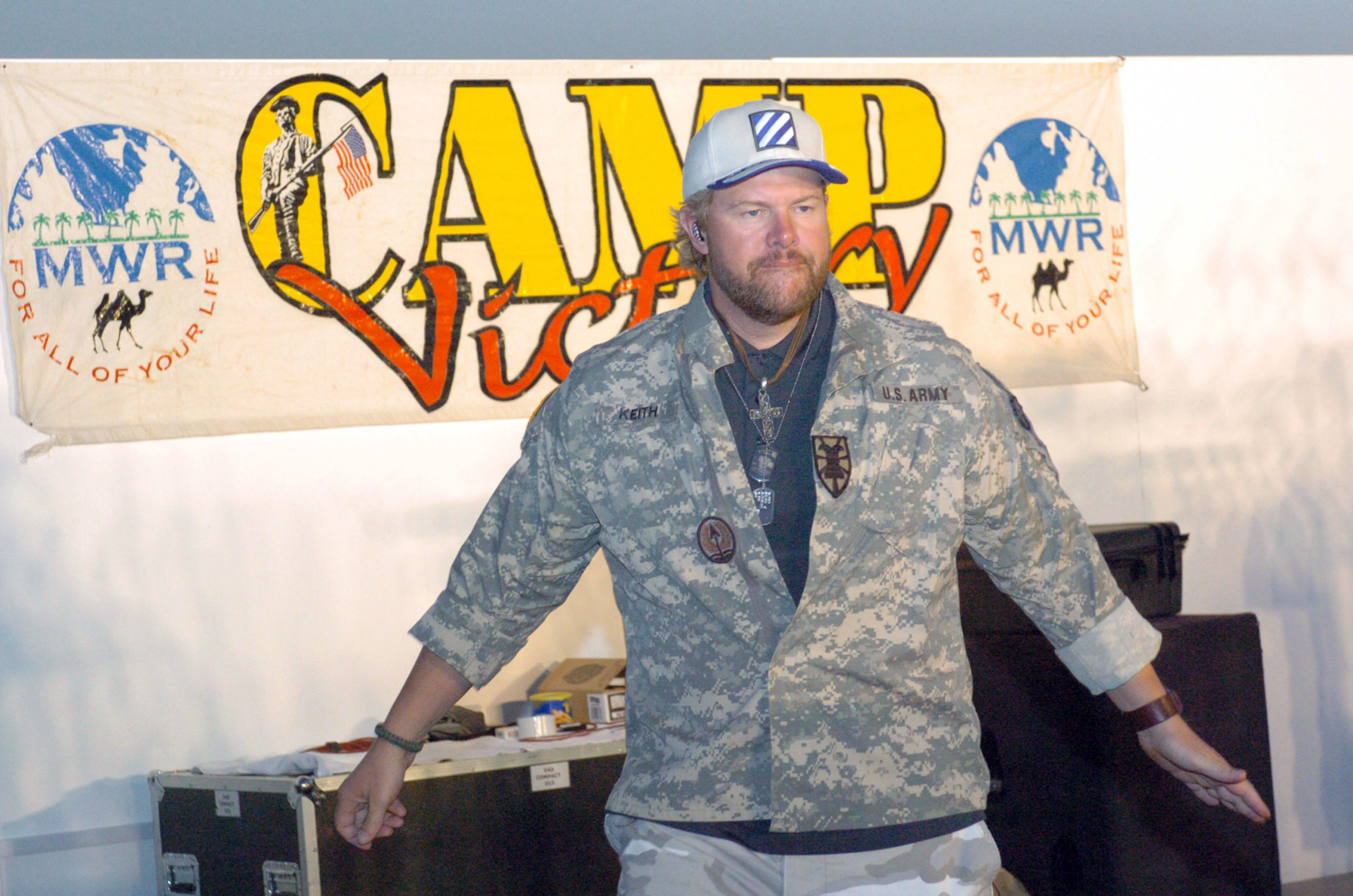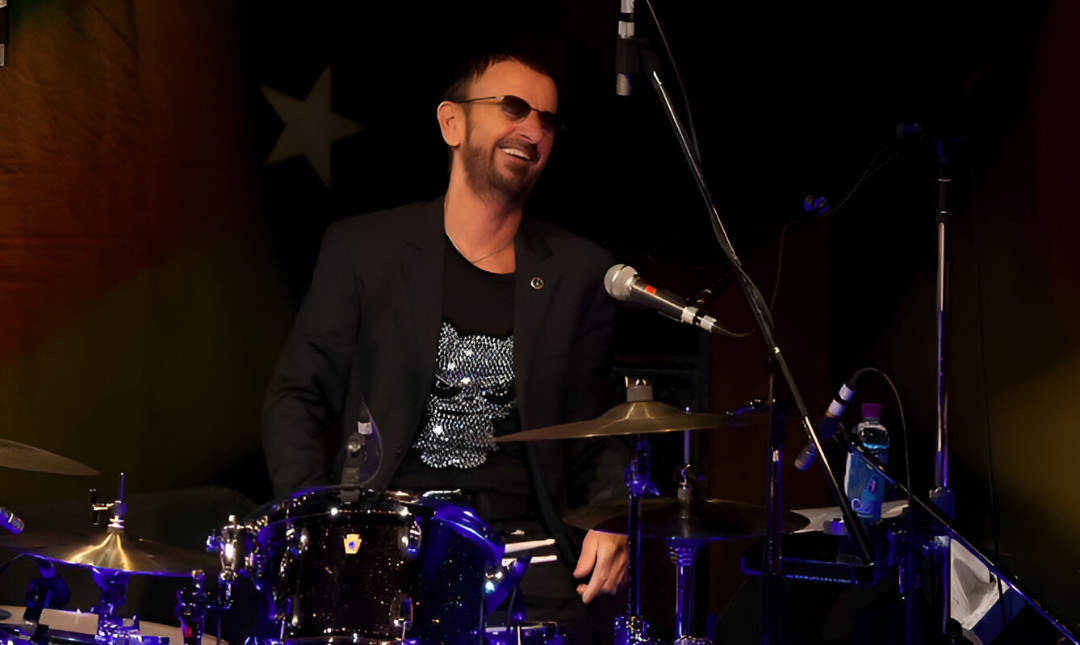
Have you ever noticed how music’s greatest voices often slip away quietly? Every year, legendary musicians leave us without the recognition they deserve. Their melodies shaped our lives in ways we barely understand. Their stories remain untold even as their songs play on radios worldwide.
Music’s most profound legacy isn’t just in albums but in how artists transform culture forever. Their voices echo long after they’ve gone.
20. Mary Weiss (75)

Girl groups needed edge in the buttoned-up 1960s, and Mary Weiss’s raw emotional delivery provided exactly that. Her voice powered “Leader of the Pack” to the No. 1 spot on the Billboard Hot 100 in 1964. Radio stations banned The Shangri-Las for their rebellious attitude, something Andy Warhol recognized as art disguised as pop music.
Weiss pioneered a tough, streetwise image for female performers during the 1960s girl group era. The Shangri-Las disbanded in 1968 after a short career marked by legal issues over performance rights. Critics praised her 2007 solo comeback album for its authenticity and emotional depth.
19. Frank Farian (82)

Frank Farian’s laser-focused ear for infectious disco beats turned obscure German studio projects into worldwide dance floor phenomena. His distinctive production powered global smashes like “Rasputin,” which later found renewed popularity as a viral hit. With Boney M. alone, Farian sold over 150 million records worldwide.
Milli Vanilli’s debut album reached 6x platinum status in the US before the lip-syncing scandal erupted. While many remember the Grammy revocation controversy, few realize Farian produced over 800 gold and platinum records throughout his career. His distinctive “Eurodisco” sound influenced a generation of European dance and pop music despite the lingering controversies.
18. Melanie (76)
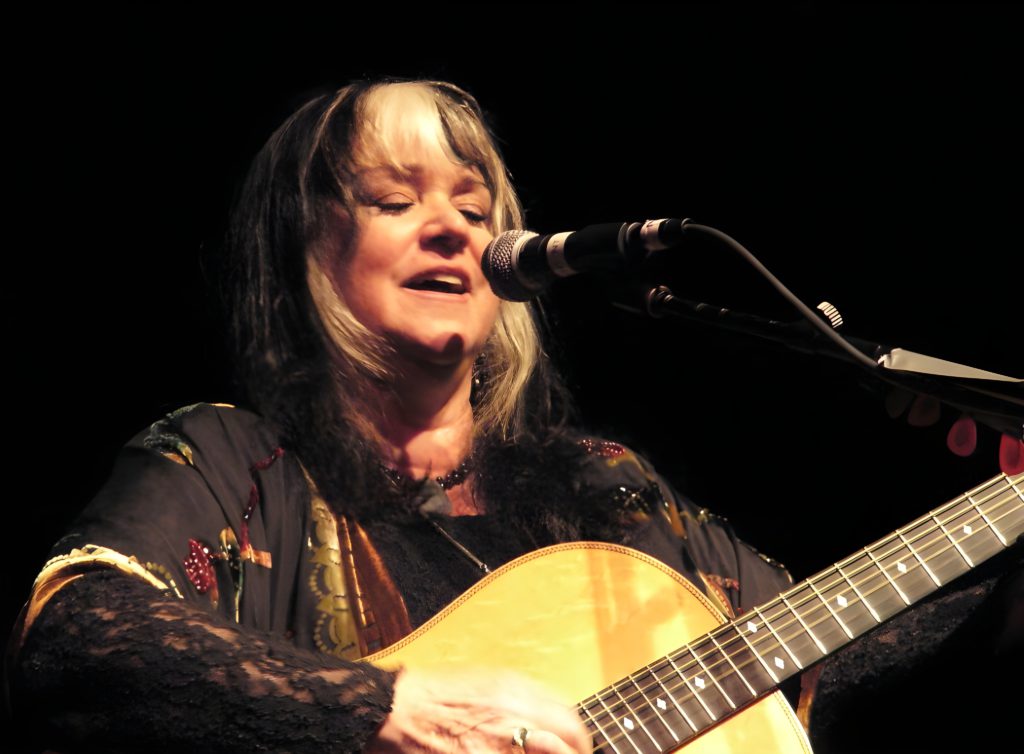
If you’ve ever yearned for authentic folk music with genuine heart, Melanie’s soaring vocals represented the real thing in an industry filled with manufactured sounds. Her courage first captured widespread attention during her Woodstock 1969 performance, where she sang through a rainstorm surrounded by candles. “Brand New Key” shot to No. 1 on the Billboard Hot 100 in 1971, earning her multiple gold albums both in the US and internationally.
Breaking industry norms, Melanie became one of the first women to establish her own record label. Industry executives sometimes tried to typecast her as a novelty act, yet her songs gained renewed popularity decades later through film placements. She performed for UNICEF and various charitable causes throughout her career.
17. Aston ‘Family Man’ Barrett (77)
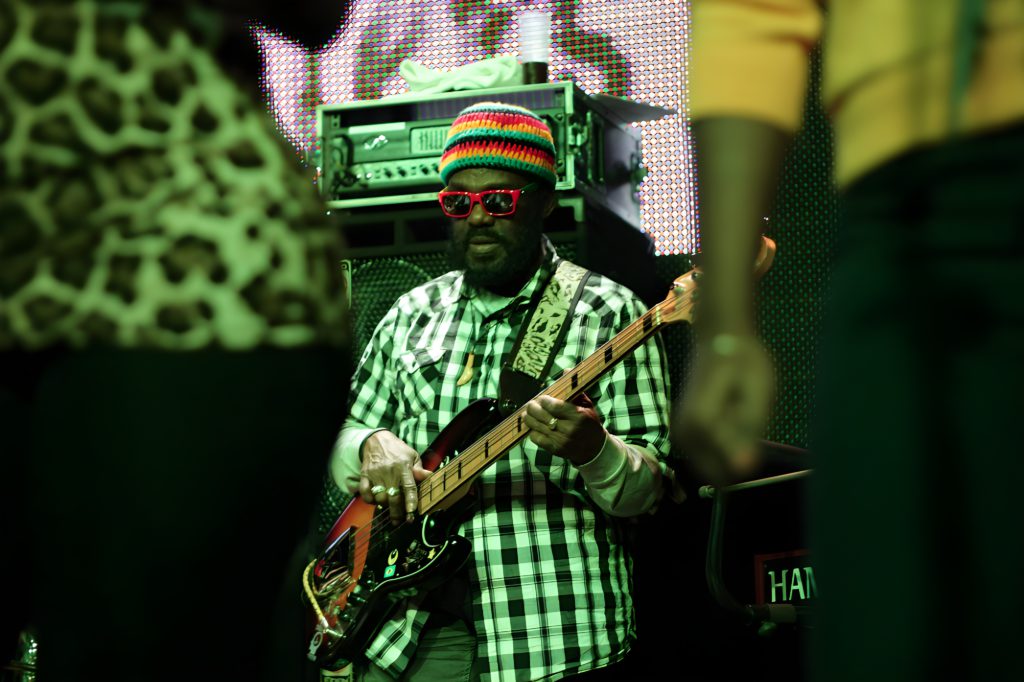
Aston “Family Man” Barrett’s revolutionary bass technique didn’t just support Bob Marley’s songs—it fundamentally altered how reggae music functions. The 77-year-old bassist crafted the foundation for “No Woman No Cry” and pioneered the “one drop” rhythm that became reggae’s signature beat. Barrett produced and arranged many of Marley’s hit songs while playing on numerous platinum-selling albums.
Jamaica awarded him the Order of Distinction for his contributions to music. Legal disputes over royalties from Marley’s catalog followed him through later years, and a stroke in 2019 affected his health. Nevertheless, bass players worldwide continue studying his melodic approach, and his mentorship helped reggae evolve across generations.
16. Wayne Kramer (75)
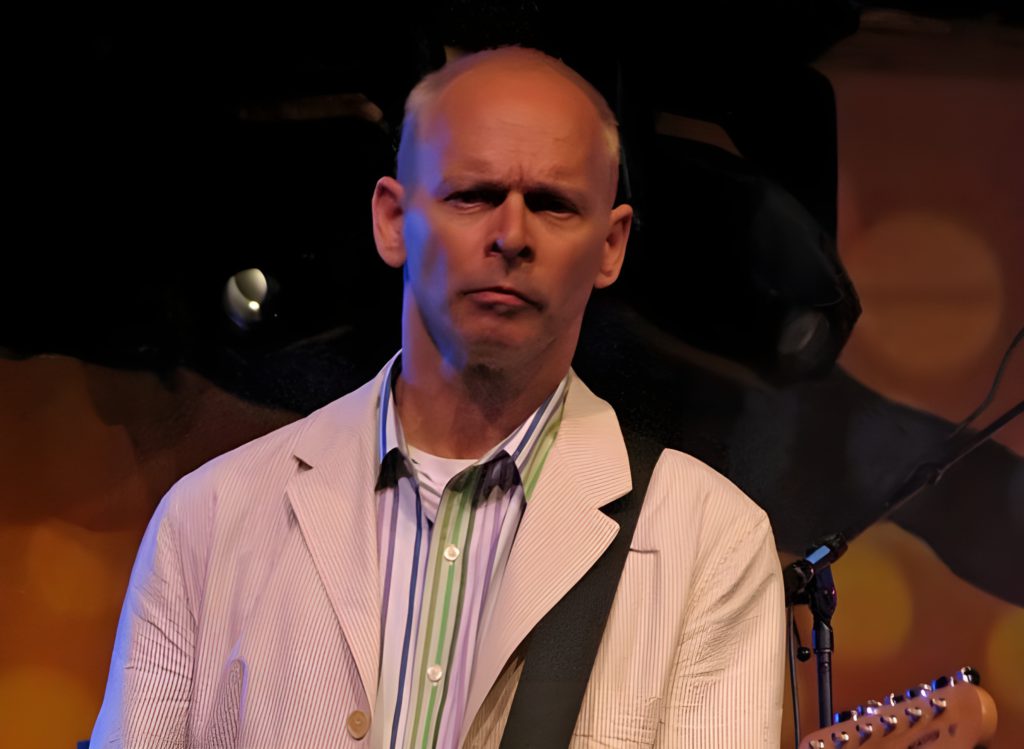
In an era when rock music played it safe, Wayne Kramer’s explosive guitar work with MC5 threw musical Molotov cocktails at cultural complacency. His revolutionary approach ignited a sonic revolution that later birthed punk rock. The controversial anthem “Kick Out the Jams” pushed boundaries that radio stations weren’t ready for in 1969.
Kramer uniquely blended hard rock with free jazz and radical politics during an era of intense social upheaval. Drug addiction led to prison time in the 1970s, an experience that later inspired him to found Jail Guitar Doors USA, providing instruments to inmates nationwide. Critics recognize his aggressive, high-energy playing style in countless punk, hard rock, and metal bands that emerged in MC5’s wake.
15. Linda Nolan (65)
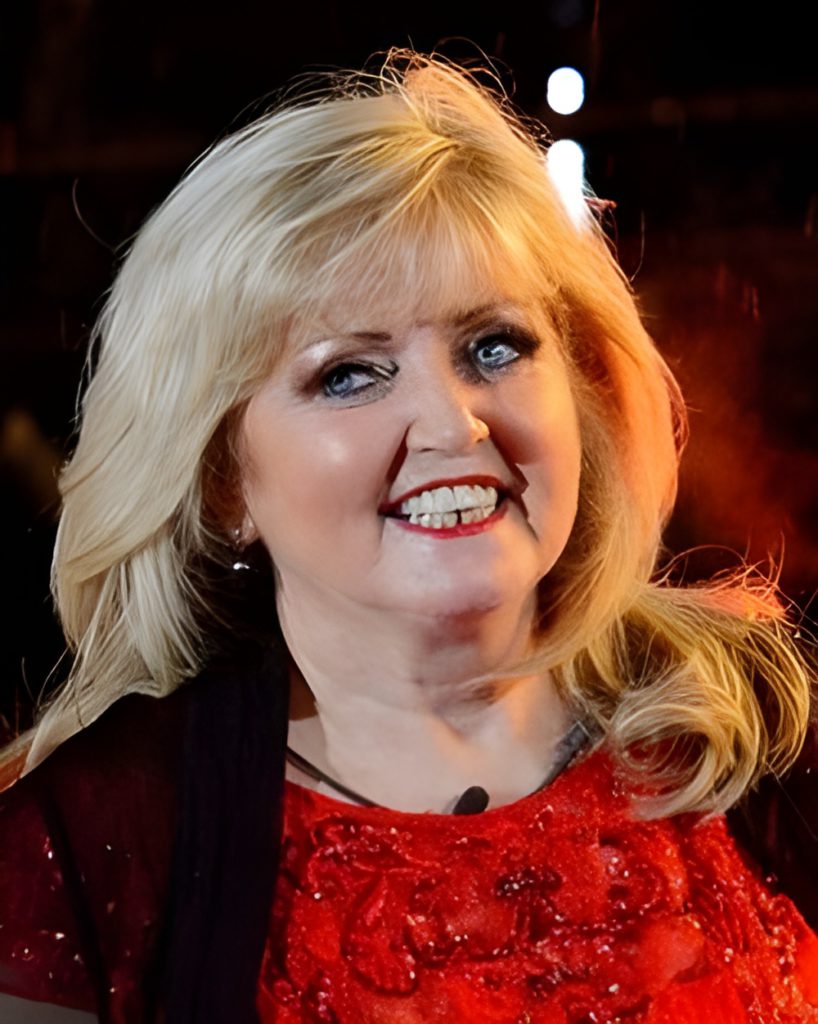
If you danced in the 1980s, Linda Nolan’s voice on “I’m in the Mood for Dancing” was your soundtrack long before her brave public cancer battle. As part of Irish family group The Nolans, she helped sell over 30 million records worldwide with infectious pop hits. In Japan, The Nolans achieved something nearly impossible—they outsold The Beatles. Linda battled breast cancer since 2006, with subsequent diagnoses of secondary cancer affecting her liver and brain. Financial difficulties led to bankruptcy in 2009, yet she remained resilient. New generations discovered her through reality TV appearances, while her openness about cancer treatment inspired countless patients facing similar diagnoses.
14. John Sykes (68)
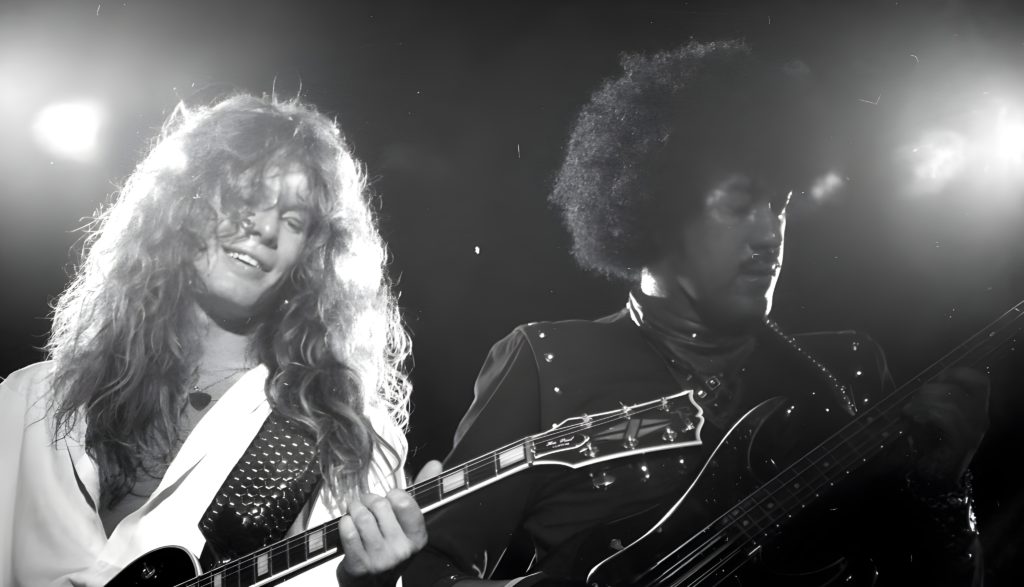
For aspiring guitarists seeking the perfect blend of blues emotion and technical precision, John Sykes’s solos remain the gold standard decades after recording. The virtuoso who powered Thin Lizzy’s “Thunder and Lightning” album left behind a technical legacy that guitarists still analyze and attempt to master. Beyond playing, Sykes co-wrote “Still of the Night” and contributed to Whitesnake’s self-titled 1987 album that sold over 8 million copies in the US.
Creative differences with David Coverdale led to his departure from Whitesnake at their commercial peak. Later projects never reached the same heights, and health issues including cancer battles complicated his later years. Guitar magazines regularly feature his distinctive techniques that merged soulful blues expression with metal’s technical demands.
13. Garth Hudson (87)
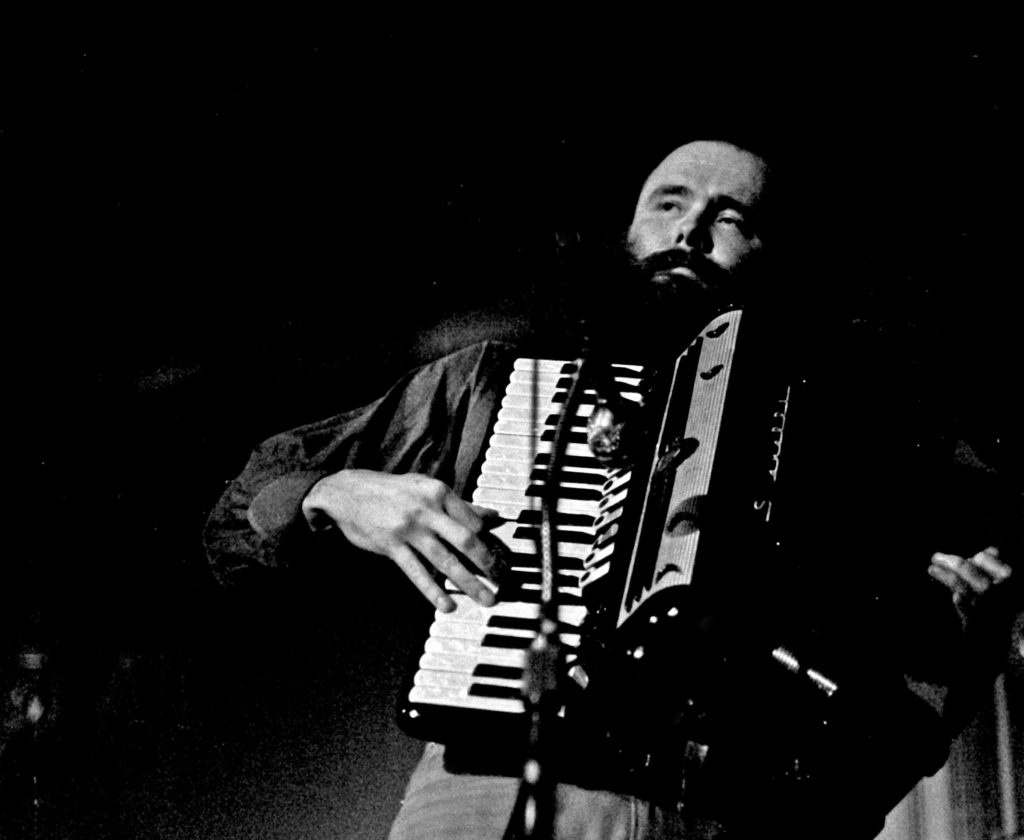
The organ had been trapped in churches and baseball stadiums until Garth Hudson liberated it through his revolutionary approach with The Band. At 87, the keyboard wizard responsible for the haunting parts on “The Weight” and the baroque introduction to “Chest Fever” passed away. Bob Dylan specifically sought Hudson’s musical brilliance during their collaborations.
Unlike his bandmates, Hudson arrived with formal music education, eventually teaching the others music theory under the disguise of “rent” to satisfy their disapproving parents. His innovative approach transformed what had been primarily a liturgical or sporting event instrument into a cornerstone of rock composition. Jazz, classical, and avant-garde elements flowed through his playing, inspiring keyboardists across multiple genres.
12. Damo Suzuki (74)

Discovered busking on a German street corner, Damo Suzuki transformed from homeless nomad to avant-garde rock pioneer within 24 hours. The Japanese vocalist revolutionized experimental rock band Can with his boundary-shattering approach. His free-form vocal technique on landmark albums “Tago Mago” and “Future Days” created a new vocabulary for rock singing that influenced artists from David Bowie to Radiohead.
Suzuki abruptly left Can at their creative peak, later facing a difficult battle with colon cancer. In his later years, he established the “Damo Suzuki Network” for spontaneous improvisational performances with musicians he often met the same day as concerts. After becoming a Jehovah’s Witness, his spiritual life added another unexpected dimension to his already unconventional artistic path.
11. Mojo Nixon (66)
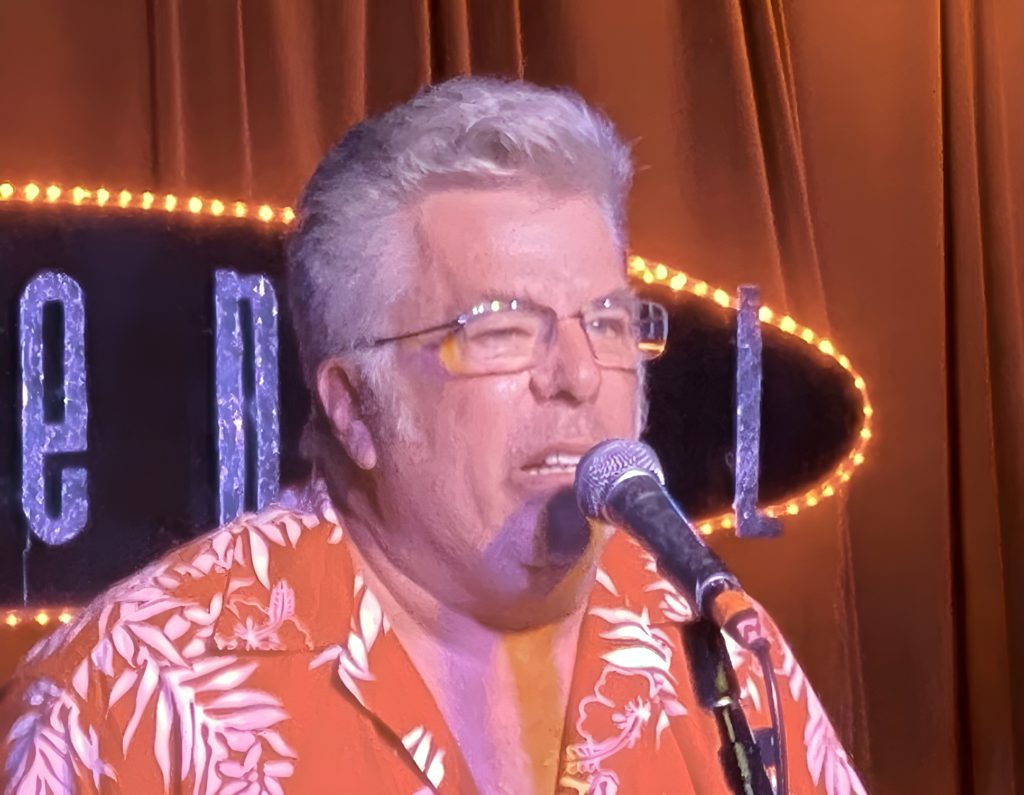
When mainstream music became too sanitized and corporate in the 1980s, Mojo Nixon’s satirical rockabilly provided the perfect antidote to industry blandness. His signature song “Elvis is Everywhere” perfectly captured his approach—traditional rockabilly instrumentation delivering biting cultural critique wrapped in humor. Nixon fearlessly targeted sacred cows from corporate America to pop stars, famously skewering Debbie Gibson on record.
Though his deliberately controversial approach limited radio play, it earned him an intensely loyal cult following. Early career struggles with alcohol eventually gave way to a successful second act as a radio personality on Sirius XM, where his outspoken opinions found a natural home. Music critics consider him a missing link between traditional rockabilly rebellion and punk rock’s confrontational ethos.
10. Henry Fambrough (85)
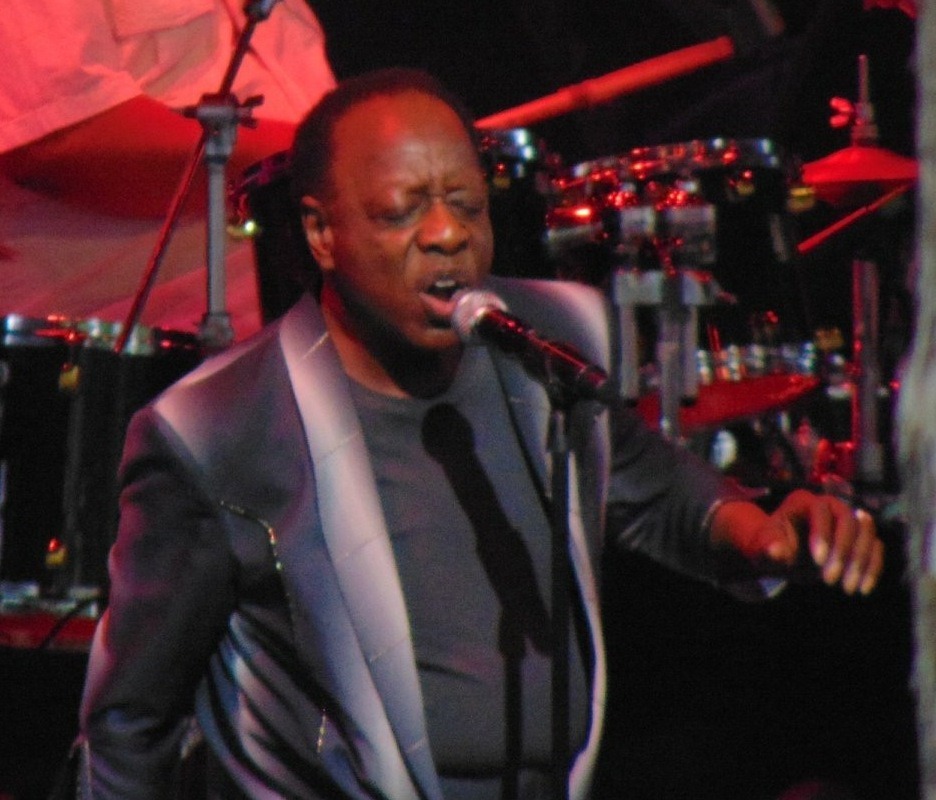
The rich, velvety baritone that anchored The Spinners’ perfect harmonies belonged to Henry Fambrough, whose voice provided the foundation for soul classics. His precise vocal control gave emotional depth to hits like “Could It Be I’m Falling in Love” and “I’ll Be Around.” Early career frustrations followed the group at Motown, where executives sidelined them despite obvious talent.
Once they moved to Atlantic Records, Fambrough’s warm, distinctive tone found proper spotlight and appreciation. Vocal arrangers study The Spinners’ recordings to understand the perfect balance of voices that made their sound instantly recognizable. Fambrough’s technique created a template for vocal group harmony that R&B artists still reference when crafting multi-part arrangements.
9. Donald Kinsey (70)
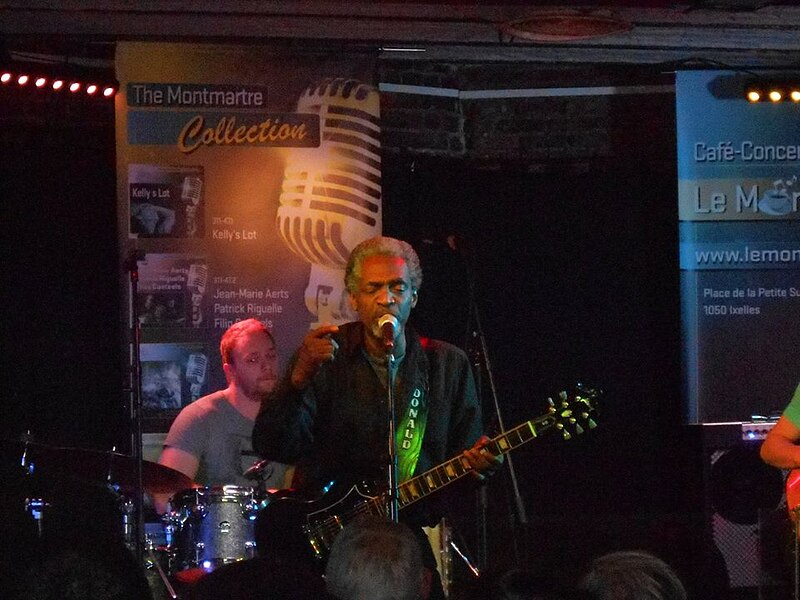
Caught between two musical worlds? Donald Kinsey’s guitar bridged the gap between American blues and Jamaican reggae when such cross-cultural fusion seemed impossible. When Bob Marley needed guitar work that could speak to American audiences, Kinsey’s blues-based playing provided the perfect translation, particularly evident on the live version of “No Woman No Cry.”
Raised in a blues household (his father was blues great Big Daddy Kinsey), Donald brought soul and American musical vocabulary to Jamaican rhythms. After his work with Marley, Kinsey formed The Kinsey Report with his brothers, further exploring the intersection of blues and reggae. Guitar students attempting to master both genres often study his technique for moving seamlessly between these seemingly different but spiritually connected styles.
8. Toby Keith (62)

With 40 million albums sold worldwide, Toby Keith transformed from Oklahoma bar singer to country music’s most financially independent superstar. The baritone voice behind “Courtesy of the Red, White and Blue” landed 20 No. 1 hits on the Billboard country charts while building a business empire on his own terms. Keith rejected major label constraints, instead creating his own record label, restaurant chain, and mezcal brand.
While some critics targeted his post-9/11 patriotic anthems, few knew about his extensive work with the Toby Keith Foundation supporting pediatric cancer patients. His business acumen rivaled his musical talent—he consistently ranked among country music’s highest earners while maintaining creative control that most artists surrender. In 2022, he was diagnosed with stomach cancer, which he fought until his death at 62.
7. Zakir Hussein (73)
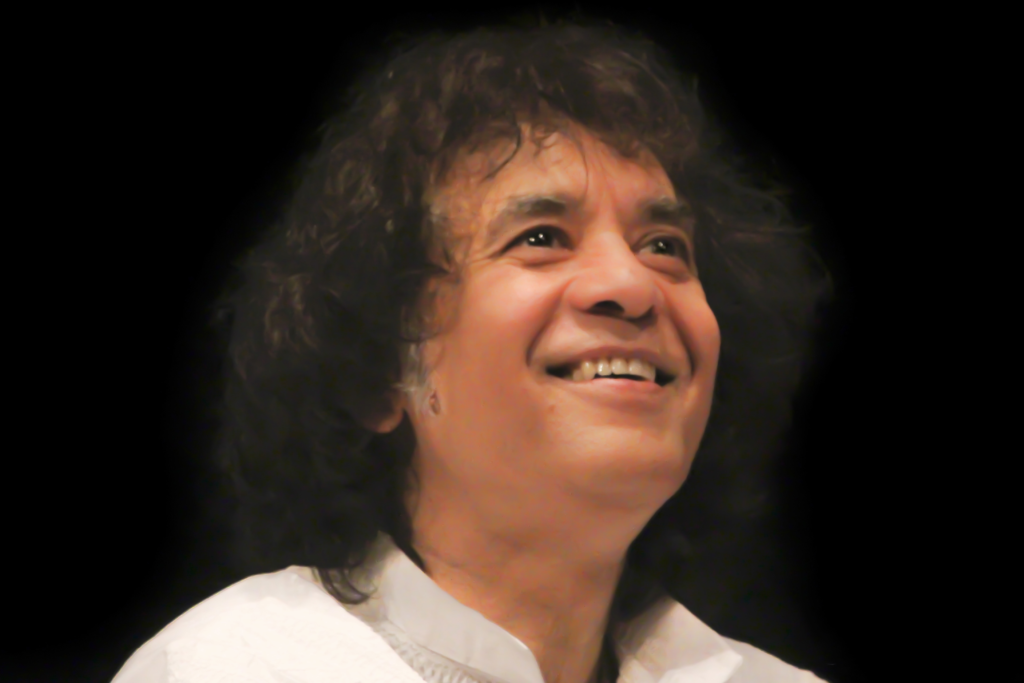
Western audiences struggled to appreciate Indian percussion until Zakir Hussain transformed tabla playing into a global art form. Son of legendary tabla player Alla Rakha, Hussain elevated what had been considered an accompanying instrument into a spotlight-worthy solo vehicle. His groundbreaking collaborations with John McLaughlin and George Harrison introduced complex Indian rhythmic concepts to Western audiences unprepared for such sophistication.
Hussain won two Grammy Awards alongside countless other honors and performed at venues from Carnegie Hall to major international festivals. Traditional Indian classical purists initially criticized his cross-cultural experiments, yet he maintained rigorous classical technique while exploring new contexts. The Zakir Hussain Foundation continues supporting the next generation of Indian classical musicians, extending his influence into the future.
6. Benny Golson (95)
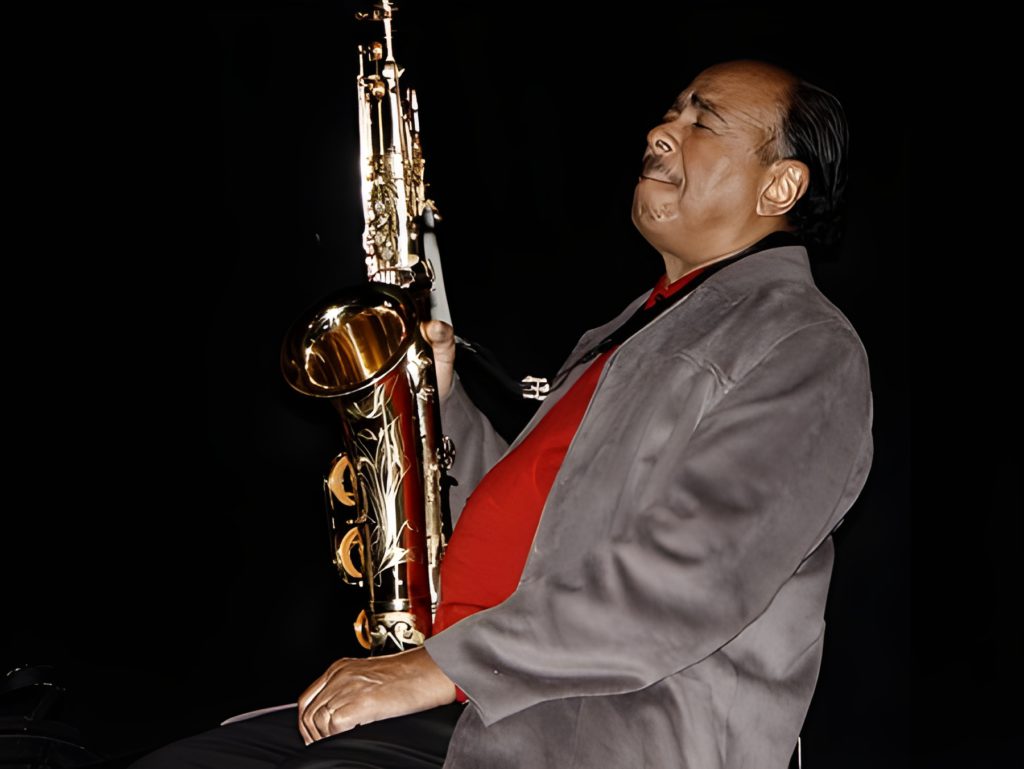
Benny Golson’s compositions like “Killer Joe” and “I Remember Clifford” became jazz standards that musicians still study six decades after their creation. Beyond his tenor saxophone playing, Golson built a catalog of over 300 compositions that appear throughout film and television soundtracks. His poignant tribute “I Remember Clifford” (written after Clifford Brown’s death) demonstrated how jazz could express profound grief with sophistication.
As a pioneer of the hard bop style, Golson helped jazz evolve beyond bebop while maintaining its intellectual rigor. Academic institutions recognized his contributions with multiple honorary doctorates, and he received the prestigious National Endowment for the Arts Jazz Masters Award. Though sometimes overshadowed by his composing success, Golson’s saxophone playing featured sophisticated harmonic understanding that fellow musicians particularly appreciated.
5. Phil Lesh (84)

Phil Lesh’s classical composition background brought unprecedented melodic complexity to bass playing, freeing the instrument from its traditional rhythmic confines. The Grateful Dead founding member helped the band sell more than 35 million albums worldwide before their 1994 Rock and Roll Hall of Fame induction. Most surprising to music historians: Lesh had never touched a bass before joining the Dead, approaching the instrument with a trumpet player and composer’s sensibility.
This unconventional background created his signature melodic style that treated bass as a lead instrument rather than merely rhythmic support. After receiving a life-saving liver transplant in 1998, Lesh became an organ donation advocate while continuing to perform with his Phil Lesh and Friends ensemble. His jazz-influenced approach created a template that countless jam bands have studied but never quite duplicated.
4. Quincy Jones (91)

Behind 28 Grammy Awards stands Quincy Jones, the architect of pop music’s most successful album ever and confidant to musical legends across seven decades. His production work on Michael Jackson’s “Thriller” created the best-selling album of all time, but that achievement represents just one facet of his expansive career. Jones composed for over 30 major motion pictures while producing icons from Frank Sinatra to Ray Charles. Early career racial discrimination never deterred him from breaking barriers in the music and film industries.
After surviving a near-fatal brain aneurysm in 1974, Jones seemed to work with even greater purpose, pioneering the fusion of jazz, pop, and R&B into new sonic landscapes. Time Magazine named him among the most influential jazz musicians of the 20th century, though his influence extended far beyond any single genre. You can also check out some forgotten black bands from the 70s.
3. Kris Kristofferson (88)
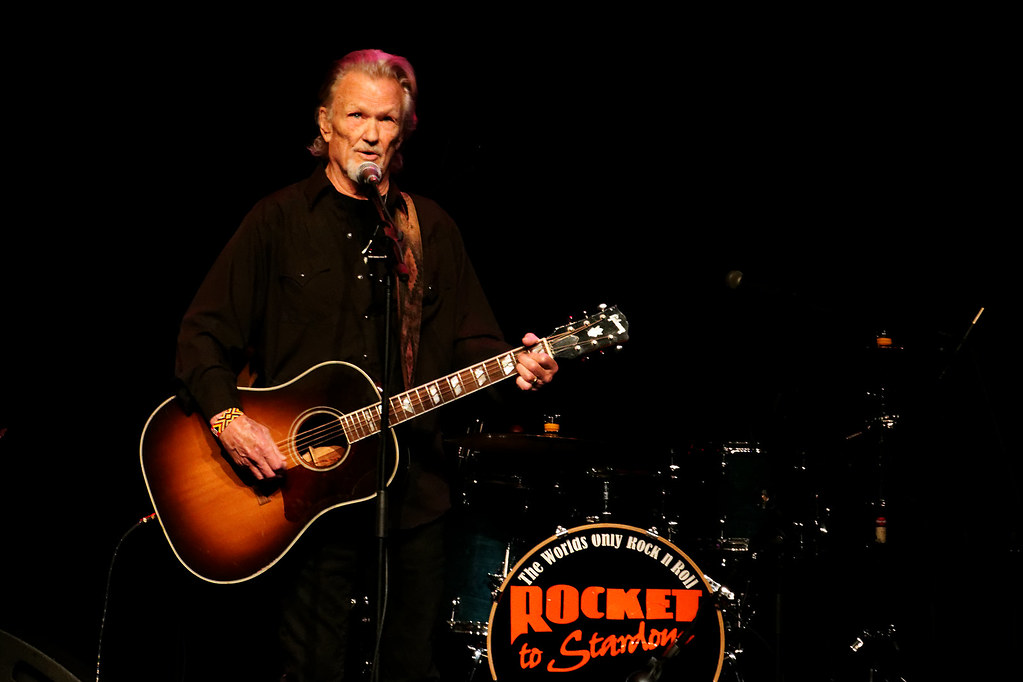
Kris Kristofferson’s songwriting transformed country music from simple narratives to literary art, mining intellectual depths rarely found in Nashville before him. Before penning classics like “Me and Bobby McGee” and “Help Me Make It Through the Night,” Kristofferson studied as a Rhodes Scholar, served as an Army helicopter pilot, and swept floors at Columbia Records. His poetic lyrics earned him three Grammy Awards and a Golden Globe, elevating country music’s literary credibility.
The Songwriters Hall of Fame inducted him in 1985 for permanently changing Nashville’s approach to lyric writing. Early career alcohol struggles eventually gave way to sobriety, though health challenges returned when Lyme disease affected his memory (doctors initially misdiagnosed it as Alzheimer’s). Alongside Willie Nelson and Johnny Cash, Kristofferson helped forge the outlaw country movement that liberated artists from Nashville’s corporate control.
2. Liam Payne (31)

If you’ve watched the meteoric rise of boy bands in the 2010s, Liam Payne’s journey from reality TV contestant to global superstar exemplified that explosive path to fame. As part of One Direction, Payne helped sell over 70 million records worldwide and achieve four consecutive #1 albums. His solo career launched with “Strip That Down” reaching top 10 charts in multiple countries, though his album “LP1” generated mixed critical response.
Beyond music, Payne spoke candidly about mental health and alcohol struggles, connecting with fans through vulnerability rather than manufactured pop perfection. Public scrutiny over his personal life sometimes overshadowed his musical accomplishments. Throughout his career evolution, Payne explored different genres and collaborated with international artists while maintaining the vocal talent that first captured worldwide attention. His tragic death at 31 cut short both his musical journey and his ongoing personal growth.
1. Marianne Faithfull (78)

When record executives demanded cookie-cutter pop stars, Marianne Faithfull defied expectations by transforming personal tragedy into arresting art. Her 1964 hit “As Tears Go By” reached No. 9 on the UK Singles Chart, launching a career that would face extreme highs and devastating lows. The critically acclaimed “Broken English” album earned gold certification in several countries, showcasing her dramatically transformed voice and artistic vision.
Few artists recover from the combination of drug addiction and homelessness that consumed her 1970s, yet Faithfull emerged with music more compelling than her early work. Throughout her six-decade career, she collaborated with numerous high-profile artists while receiving the prestigious Ivor Novello Award for Lifetime Achievement. Health battles including breast cancer and COVID-19 tested her repeatedly, but her 1994 autobiography became a bestseller by honestly documenting both her struggles and triumphs. Through it all, her voice evolved from innocent folky soprano to a raw, weathered instrument carrying the unmistakable weight of experience.








